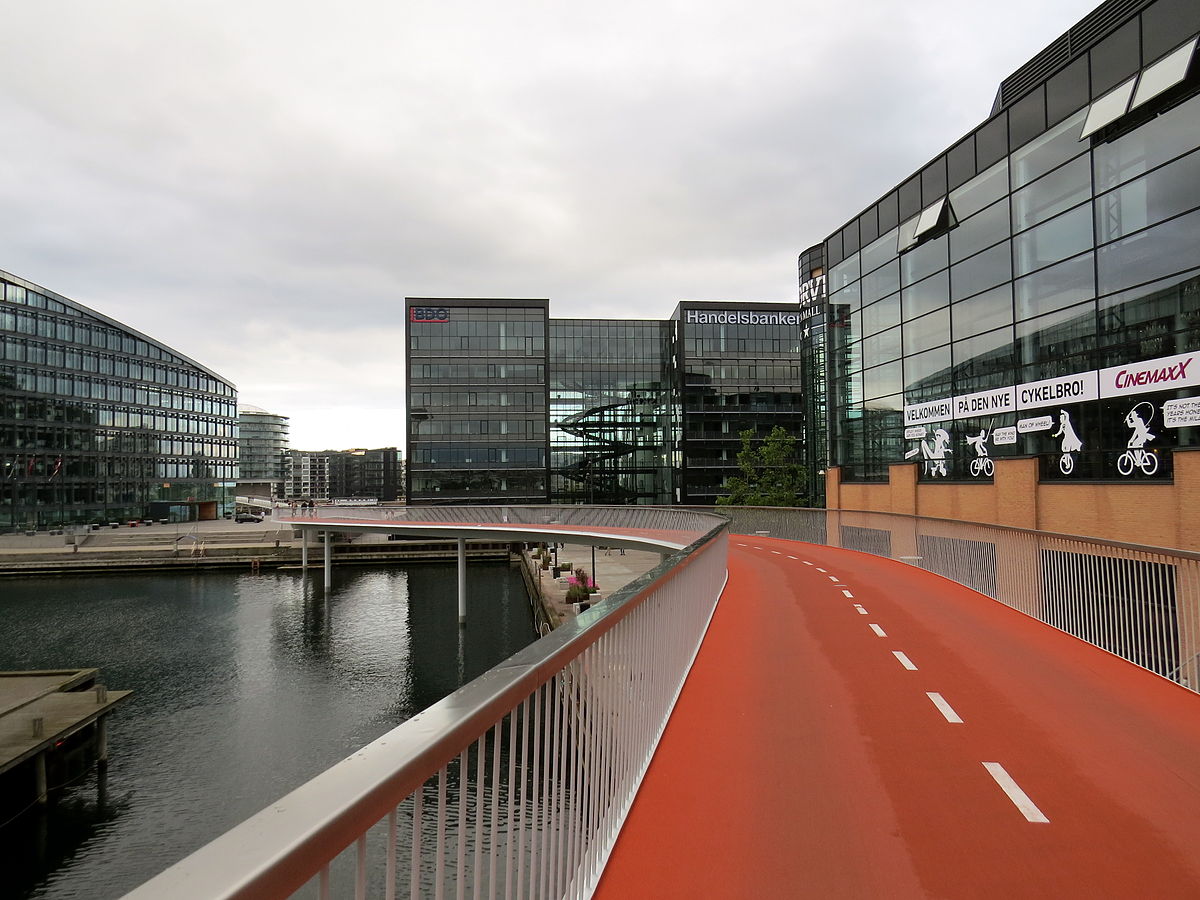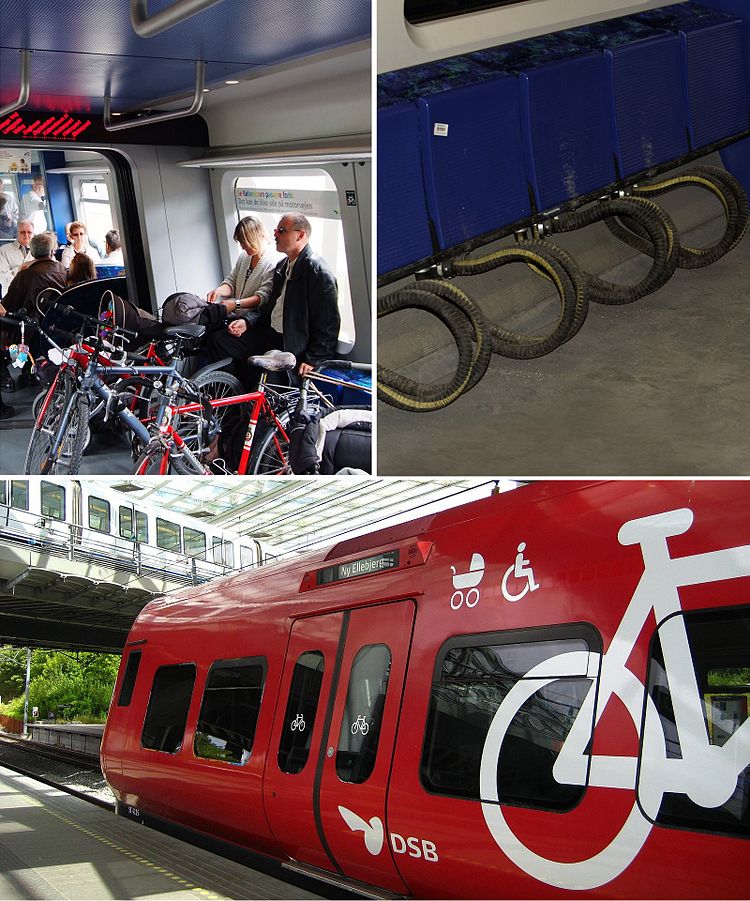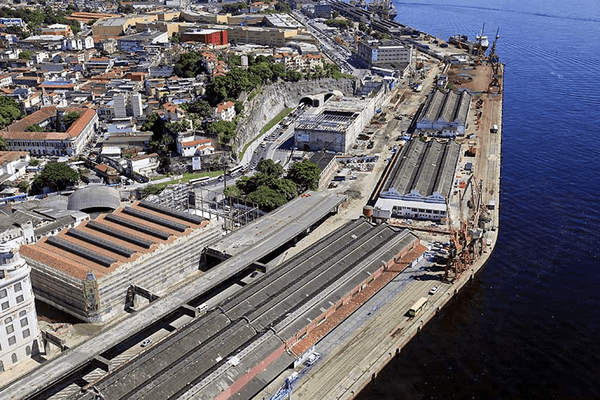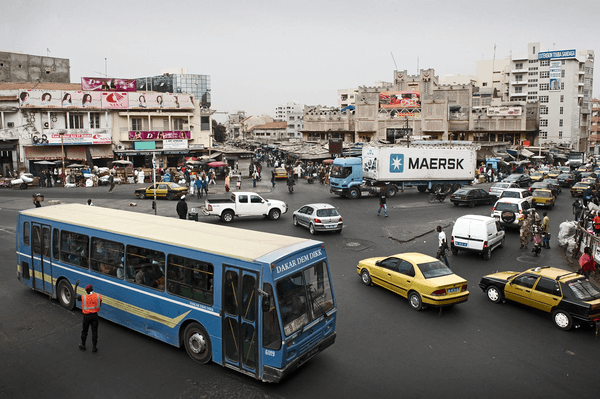City
Copenhagen
Main actors
City Government, National Government
Project area
Whole City/Administrative Region
Duration
Ongoing since 1990
Sustainable cities of the future will be ones where transport options other than fossil-fuel powered private vehicles are the norm. Bike-friendly Copenhagen is leading the way, as this case study explores.
Copenhagen has set itself the goal of becoming 'the world's best bicycle city by 2025'. Achieving this goal is also viewed as integral to the city's health plan, to the environmental goal of making the city CO2 neutral by 2025, and to enhancing the livability of the city.
150,000 people cycle each day to work or educational institutions in the City of Copenhagen, representing a modal share of 36% of all trips. Copenhagen’s plan for achieving a greater modal share for bicycles includes increasing the capacity of the cycle tracks to the city centre, in order to accommodate an additional 60,000 cyclists by 2025.
On Map
The Map will be displayed after accepting cookie policy







